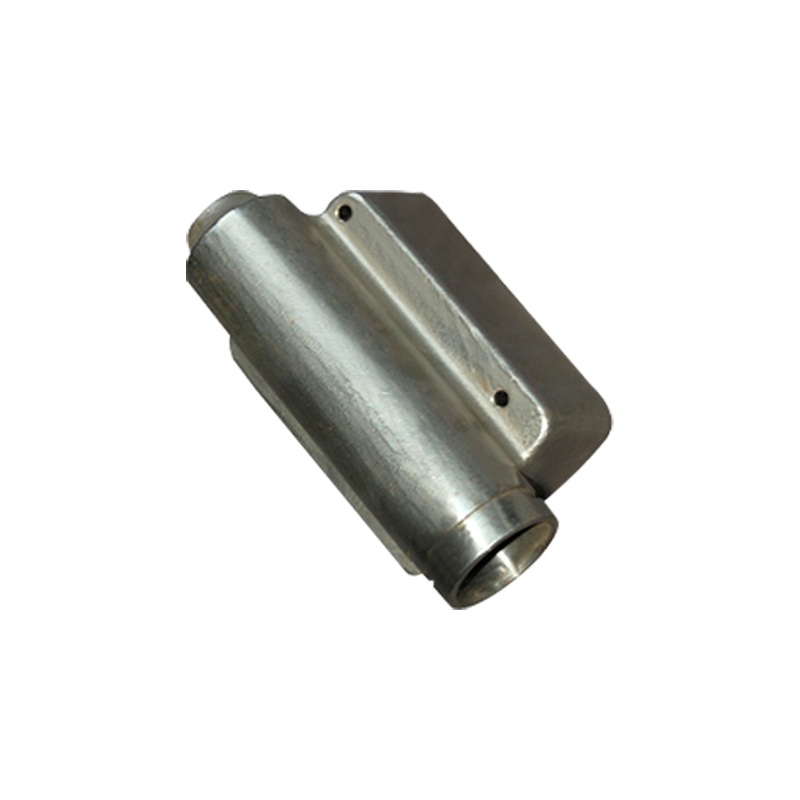Our quality assurance services and processes ensure the reliability of our products and your satisfaction.
The railway industry has always relied heavily on high-quality steel parts to ensure the safety, reliability and efficiency of trains. Among these parts, Train Casting Steel Parts, as an important part of the train structure, bears the key responsibility of carrying and transmitting power. With the continuous advancement of casting technology and material science, the durability and performance of train cast steel parts have been significantly improved.
1. Advances in modern casting technology
Traditional casting methods, such as sand casting, although low-cost and mature, have defects such as pores, shrinkage cavities and inclusions, which affect the quality of castings. In order to improve the performance of castings, modern casting technology is constantly innovating:
Investment Casting: By manufacturing high-precision wax molds, steel parts with complex structures and high dimensional accuracy can be achieved, reducing the amount of post-processing.
Improved sand casting: Sand molds made of new high-strength refractory materials are used to improve the surface finish of the cavity and reduce casting defects.
Vacuum Casting: Pouring molten steel in a vacuum environment effectively reduces gas inclusions and oxidation, and improves the density and mechanical properties of castings.
These advanced processes reduce internal defects and optimize the microstructure of castings, thereby greatly improving the mechanical properties and service life of cast steel parts.
2. Optimization of steel alloy composition
Although traditional carbon steel has moderate strength, it lacks corrosion resistance and wear resistance, and it is difficult to meet the requirements of trains under complex working conditions. Researchers have designed a variety of alloy steel formulas based on the functional requirements of cast steel parts:
Chromium (Cr): Improves the hardness and corrosion resistance of steel, especially for protection in oxidizing environments and high humidity conditions.
Nickel (Ni): Enhances the toughness and low-temperature resistance of steel, making castings less prone to brittle cracking in cold environments.
Molybdenum (Mo): Improves the high-temperature strength and creep resistance of steel, suitable for parts that withstand continuous loads and high-temperature friction.
Vanadium (V): Refines grains, improves overall strength and fatigue life.
By rationally allocating these alloy elements, cast steel parts achieve a good balance between hardness, strength, toughness and corrosion resistance, greatly enhancing the comprehensive performance of train parts.
3. Innovative application of heat treatment process
After casting, the internal structure of cast steel parts usually needs to be adjusted through heat treatment to meet the requirements of both strength and toughness. In recent years, the application of new heat treatment technologies has further optimized the performance of parts:
Austenitization and quenching and tempering: Traditional quenching and tempering treatments, by heating to the austenite zone and then cooling rapidly, obtain a martensitic structure with high hardness, and then eliminate internal stress and brittleness through tempering to obtain balanced mechanical properties.
Isothermal austenitization (Austempering): Control the cooling rate to make the steel parts obtain bainite structure, improve impact toughness and wear resistance, suitable for high-strength wear-resistant parts.
Thermo-Mechanical Treatment (Thermo-Mechanical Treatment): Combine deformation process with heat treatment, refine grains during hot working, and significantly improve the strength and fatigue life of steel parts.
These heat treatment technologies optimize the microstructure of castings, improve fatigue resistance, wear resistance and impact resistance, and make parts more suitable for long-term complex working conditions of railways.
4. Advances in quality control and testing technology
The performance of cast steel parts not only depends on materials and processes, but strict quality control is an important part of ensuring safety. The application of modern detection technology has greatly improved the accuracy of defect detection and performance evaluation:
Ultrasonic Testing: Use high-frequency sound waves to detect internal cracks, pores and other defects, which can be detected online in real time, greatly improving detection efficiency.
X-ray radiography: It can intuitively display the internal structure, find small inclusions and unsolidified defects, and ensure that the castings are dense and harmless.
Magnetic Particle Inspection: It has high sensitivity to surface and near-surface cracks and is suitable for detecting surface defects of steel parts.
Computer simulation and emulation: Through numerical simulation, the temperature field, solidification process and stress distribution in the casting process are predicted, and the design and process parameters are optimized in advance to reduce the probability of defects.
Combined with a variety of detection technologies, manufacturers can promptly detect and solve quality problems in the early stage of casting to ensure that cast steel parts meet the design standards.
5. Impact on train performance and safety
The above technological advances have directly promoted the performance upgrade of train cast steel parts and have a profound impact on the overall performance of the train:
Extended service life: High-quality cast steel parts have stronger fatigue and wear resistance, reducing frequent replacement and maintenance.
Improve operational safety: Improved part strength reduces the risk of breakage and ensures that parts are stable and reliable during driving.
Reduce maintenance costs and downtime: High-durability parts reduce maintenance frequency, reduce maintenance investment, and improve train operating efficiency.
Improve energy efficiency: High-quality parts reduce mechanical friction and energy loss, and help green and energy-saving railway transportation.
Adapt to changing working conditions: Strengthen corrosion resistance and high temperature resistance, so that trains can adapt to different climates and complex road conditions.
 Language
Language
 FT CASTING
FT CASTING















